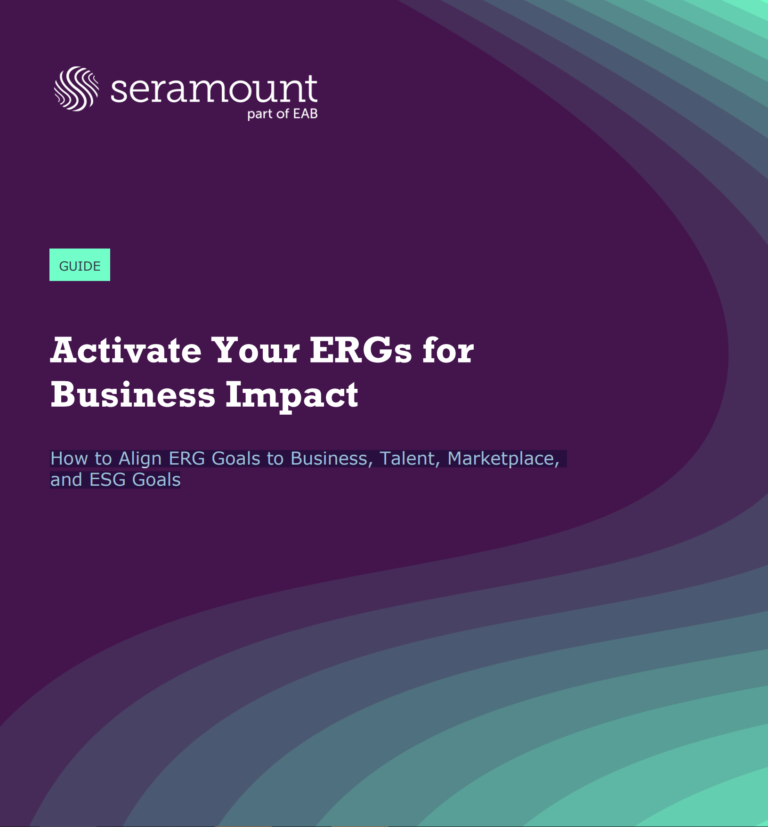How to Align ERG Goals to Business, Talent, Marketplace, and ESG Goals
When what are now called employee resource groups (ERGs) or business resource groups (BRGs) were started in the 1960s and 1970s, they were known as affinity groups or networks. They were primarily social places for people with a shared identity to meet and discuss common issues. Early groups were most often focused on women and Black employees. As they evolved and became company-sponsored, they often took on the name “employee resource group” and became more structured, with mission statements, executive sponsors, and goals. They usually focused on recruitment, education, and advancement, and they continued to almost always be affinity-based.
In more recent years, more companies have moved toward the BRG model, linking these groups directly to business goals, including internal goals (increasing representation, retention, and promotion rates) and marketplace goals (market share, cultural competence about customers, and increasing supplier diversity). Lately, BRGs have also been linked to environmental, sustainability, and governance (ESG) goals, which may also include community-impact initiatives. BRGs usually have very specific metrics and are often linked to leaders’ performance evaluations. Most continue to be affinity-based. Today’s BRGs also have started to emphasize the need for allies as members so that people who do not identify with a particular affinity can join and be supportive.

